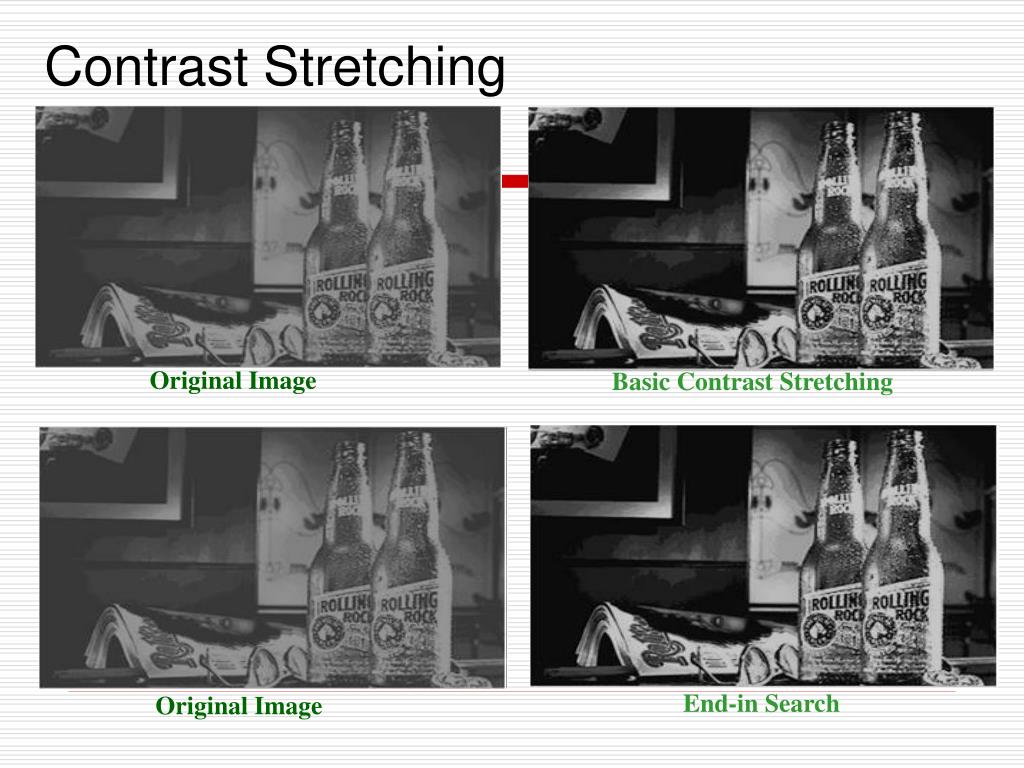
Passively, muscles can become shortened through postural adaptation or scarring actively, muscles can become shorter due to spasm or contraction. Muscle “tightness” results from an increase in tension from active or passive mechanisms. It becomes something that’s engraved in us unlike flexibility which you lose if you don’t use.Obviously, there are many factors and reasons for reduced joint ROM only one of which is muscular tightness. Mobility training is based on motor control rather than just passive stretching which is why it’s easier to maintain long term. Muscles require strength and stability in order to maintain this new found range of motion. Unless of course, you have the time to sit and stretch for 5 hours a day (which let’s be real, you don’t), your flexibility is only temporary. The benefits of stretching can’t be maintained long term. Flexibility is short term and mobility is long term

In the end, the got a heavier lift injury free. Whereas Laura worked on stabilising and strengthening her muscles at this new range. Why? At this new range of motion Jess’ muscles are weak and prone to injury. When the two go to do their deadlift they both have a wider stance but Jess gets injured. Laura does the same, but she also does mobility drills like sitting upright with a kettlebell on each leg, lifting and holding. Jess works on her flexibility by doing her middle splits every day so she’s got a wider range of motion for her deadlift.
COMPARE AND CONTRAST STATIC AND PASSIVE STRETCHING FULL
Flexibility will weaken your muscles when your muscles are in their full range of motion.įor example, Jess and Laura are working on getting a wider stance in your sumo squat.

Mobility work will strengthen and stabilise your muscles. Mobility helps prevent injury whereas flexibility might cause injuries The muscle will never be able to lengthen to its full extent as the joint won’t allow it to move far enough. The main reason why so many people think that flexibility and mobility are the same thing is because they often rely on each other.įor example, if you are doing toe touches everyday to get flexible hamstrings but your hip flexor mobility is restricted, you are watsing your time! (Sorry to be the one to break it to you). Muscles won’t lengthen if the joint doesn’t allow them to Whether you’re in a downward dog or a heavy squat, you need to be able to control your joints’ range of motion to avoid injury. Mobility exercises increase and strengthen your range of motion. It’s actually mobility, that decreases injury, increases joint health, and reduces joint pain.

A second review found that stretching also doesn’t reduce muscle soreness in the days following exercise.

When actually, there is so much research saying the exact opposite!Ī review of five studies found that static stretching in that way had no correlation to injury reduction. It’s somehow become “common knowledge” that flexibility is better because it decreases your risk of injury. Which is more important? Flexibility or Mobility?įlexibility and mobility work hand in hand but the difference is flexibility isn’t going to boost your performance. Mobility is the ability to move your joints through a wide range of motion. So to make it simpler let’s go by this definition:įlexibility is the ability to extensively lengthen your muscles. Which in a way, makes sense but we’re also not plastic rulers that snap when bent too far. When you look up ‘flexibility’ in the dictionary the definition is: the quality of bending easily without breaking. Understanding the difference between the two will help you figure out what you should be doing more of. Most people think that mobility and flexibility are the same, when in fact they very different.


 0 kommentar(er)
0 kommentar(er)
